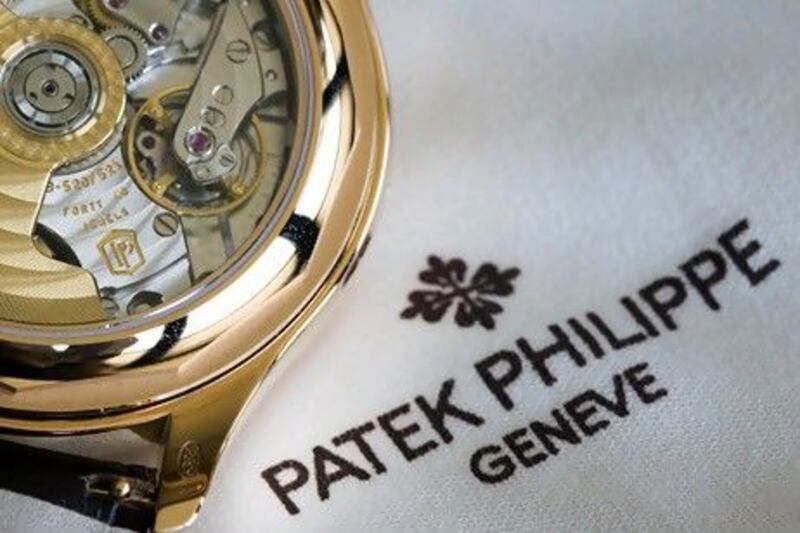Fabergé is best known for its historic jewelled Easter eggs but its modern iteration is also as one of handful of craft watch-makers taking advantage of a retro trend towards traditional timepieces.
Precision watch making became a rarity in the 1970s with the advent of cheap, accurate quartz crystal models. Digital only hastened the process, but in recent years old-style mechanical watches are making a comeback.
The draw now, though, is not the famed accuracy of the Swiss craftsmen who still dominate the industry today, but the artwork of the pieces themselves. If anything, timekeeping itself is the least important factor in selecting such a watch.
"It is a staple joke amongst watch enthusiasts that 'the better the watch, the worse it tells the time,'" says Dean Divaris, the managing director of World’s Finest Watches in Johannesburg. Instead, collectors are drawn to the inner magic of tiny wheels and cogs hand-carved out of surgical steel by craftsmen hunched over a bench in an Alpine valley. Less romantically, they also provide a store of value, much as gold coins do.
These artworks do not come cheap. Fabergé's Visionnaire Chronograph is priced at US$34,500 in ceramic, and $39,500 in rose gold.
Patek Philippe, Rolex, Cartier, TAG Heuer, Omega and Longines are also among the brands most desirable to collectors and most likely to gain in value. With these watches, while aesthetically beautiful, it is what is inside that counts.
"Almost all luxury wristwatches are assembled by hand, with most ranging from 1,000 parts or more that need to be assembled," says Sharne Edelson MALE OR FEMALE?, Silver and Jewellery Specialist at art auctioneers Stephan Welz & Co in Johannesburg. "Some watches take up to a year to produce."
Not all watches carry the same weight. "I think it is important to note that some watch models are more collectable than others and this will affect whether it is a pure investment or not," Edelson notes. "When buying a luxury watch it is always important to do your research."
Their very mechanical complexity is what gives them appeal, which is broad, ranging from the boardroom to the street.
Men are especially drawn to watches. "It's one of the few pieces a man can buy for himself, as a reward for being a success," says the Cape Town watch specialist Philip Zetler. "Women have far more options for accessories but a man's wrist becomes the place to strap on a piece of art that the world can see."
Mr Zetler adds that men also buy watches to get one up on other men. Unlike other trophy accessories such as cars, a timepiece can be carried about and is always visible: in the boardroom; on the golf course; or at business lunch.
Fully cognisant of this, watch makers toss vast amounts of money at top sportsmen to have them endorse their products. In 2006 the tennis ace Roger Federer, the current Wimbledon champion, signed a 10-year, $15 million deal with Rolex – a sponsorship record at the time. Rolex, though, probably figures this is money well spent. Federer has remained at the top of his game and therefore a high-profile brand ambassador.
Even his wife Mirka wears Rolex. At this year’s Australia Open she was spotted wearing a platinum Day-Date 40 while cheering her husband on from the stands, much to the excitement of horologists. The model she wore is said to be worth around $490,000 according to guesstimates by enthusiasts.
Given the value and prestige of high-end watches, it is inevitable that young pretenders are also being drawn to the field. Apple, the US tech company that gave the world the iPhone, iPad and other famous gadgets also now produces a line of watches. Launched in 2015, the range is a success with consumers, according to Apple. However, timepiece collectors are not all as enthusiastic.
The US singer and songwriter John Mayer, a noted watch collector, summed it up best when approached for his opinion on the Apple product by The New York Times: "We're all going to end up with the Apple Watch. But there's got to be another place to put it. I can't give up precious wrist space for an Apple Watch."
Gavin du Venage






